What are you prepared to sacrifice in exchange for fame and fortune? Or maybe material possessions do not interest you and, instead, you would prefer access to arcane and forbidden knowledge? Or maybe you want otherworldly talent that would allow you to rise above your peers?
Whatever you are looking for, it is said that the devil is ready to provide and all he wants in return is one meager soul. Today we take a look at some people who may have taken the deal and signed their names on the dotted line.
10. The Flying Dutchman
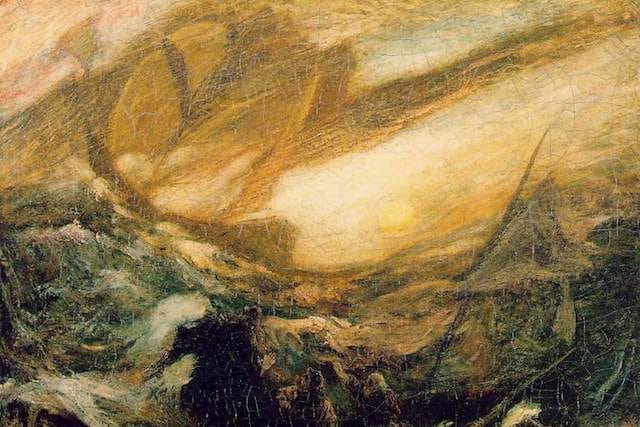
Many of you have heard the story of the Flying Dutchman, the notorious ghost ship that is condemned to sail the seas forever, never able to make port, acting as a harbinger of doom for all those who see it.
The origins of this legend are a bit murky, although it’s generally accepted that it appeared sometime during the 17th century when the Dutch Empire was a global maritime power. But was there ever an actual “flying Dutchman?”
Several candidates have been put forward, but one version of the story tells us of Bernard Fokke, a Dutch captain who was renowned for the otherworldly speed of his voyages between Europe and the Dutch East Indies. This led people to believe that Fokke was in league with the devil, so when the captain’s ship never returned from one voyage, everyone assumed that the devil claimed his due, and now Fokke and his crew of the damned would sail the seas forever.
9. The Two Violinists

The idea of an artist willing to sell their soul to the devil in exchange for ungodly talents is a popular one that has been around for hundreds of years. The Italian violinist Niccolò Paganini is a common example. His virtuosity with the instrument was something unlike anything people had seen before, so it’s not particularly surprising that people thought his abilities were derived from an unholy source.
But even before Paganini, a different Italian violinist named Giuseppe Tartini claimed the devil appeared to him in a dream and played for him the most incredible piece of music he had ever heard. Here is how he described the experience in an interview:
“One night, in the year 1713 I dreamed I had made a pact with the devil for my soul. Everything went as I wished: my new servant anticipated my every desire. Among other things, I gave him my violin to see if he could play. How great was my astonishment on hearing a sonata so wonderful and so beautiful, played with such great art and intelligence, as I had never even conceived in my boldest flights of fantasy.”
Upon waking, Tartini tried to recreate it and that became his magnum opus, known as the Devil’s Trill Sonata.
8. The Man Who Tricked the Devil
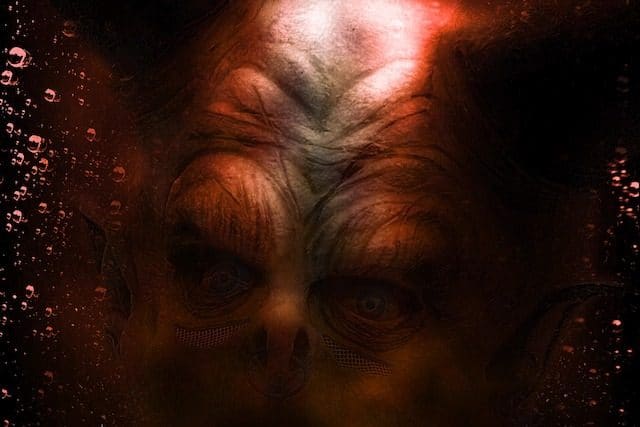
Jonathan Moulton was an American colonist who was a colonel with the New Hampshire Militia when the American Revolution started and finished the war as a brigadier general.
When not at war, Moulton was an incredibly successful businessman, who became rather notorious for his ruthlessness and willingness to bribe, seduce, or intimidate others to comply with his whims. Unsurprisingly, his business tactics earned him the scorn of many neighbors, as well as the reputation of a man who sold his soul for untold riches.
According to the legend, Moulton was a meager frontier trader in his early years until he pledged his soul to the Prince of Darkness in exchange for two boots full of gold coins. But ever the conniving one, Moulton even found a way to trick the devil by cutting holes in the soles of his boots as well as the floor of his house. Therefore, the devil kept pouring gold into the boots, and yet they didn’t fill up until Moulton’s basement was full of coins.
When Moulton died, one of his pallbearers said that the body had simply disappeared from inside the casket right before he was to be buried. In his place, there was a bag of coins, a sign that the devil was ready to collect on the deal.
7. The Profane Pope

There is a long list of popes who were less-than-holy and were accused of doing all sorts of wickedness, and one of them was even accused of making a deal with the devil.
That distinction belongs to Pope Sylvester II, earlier known as Gerbert of Aurillac. A dedicated scholar and teacher, Gerbert was a keen fan of mathematics and astronomy. Therefore, when he became pope in 999, he used his new authority to promote his interests. He is credited with popularizing Hindu-Arabic numerals in Western Europe, as well as the use of the abacus. He had his own astrolabe, he collected manuscripts, and he even wrote a paper on Euclidean geometry.
But still, this was 1000 years ago and not everyone regarded Pope Sylvester’s scientific curiosity as a positive, especially when it came to the mathematical knowledge that came from the Arab world. Tales arose that Gerbert was a sorcerer and necromancer in leagues with the devil, who had not only provided him with magical powers but also helped him secure the papacy.
Such tales were initially propagated by his enemies, particularly one cardinal named Beno who wrote that Pope Sylvester “died a horrid and miserable death, and in between those dying breaths, he begged his hands and tongue (with which, by offering them to demons, he had dishonored God) to be cut to pieces.”
6. The Rockstar Composer
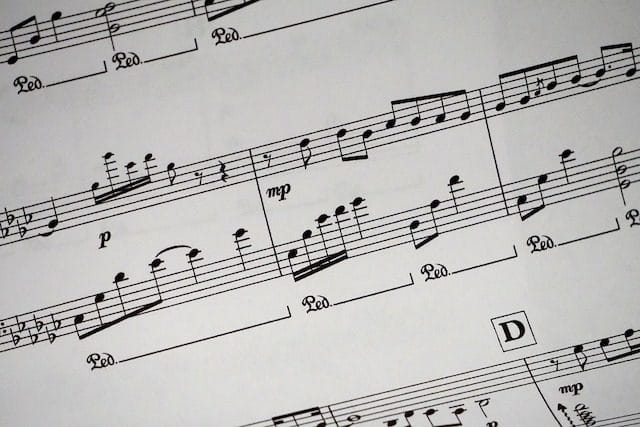
Although mostly forgotten today, 19th-century French composer Philippe Musard was instrumental in popularizing classical music by bringing it to the masses. His idea was that such musical performances should not be constrained to theaters and operas, available mainly to the upper classes. Consequently, he started staging promenade concerts, which took place in wide-open areas and were accessible for cheap.
A composer himself, Musard’s musical lineup usually consisted of his own works mixed with famous and popular themes from other composers. The music was accompanied by frenetic dances such as galops, quadrilles, and, of course, the can-can.
Musard’s performances proved wildly popular with the lower classes and his shows became the scenes of the biggest parties in Paris. But, of course, not everyone was happy with such debauched entertainment, and rumors soon appeared that the composer was in league with the devil and that he was trying to corrupt the good people of Paris into a life of sin.
5. The Healer and the Schoolmaster
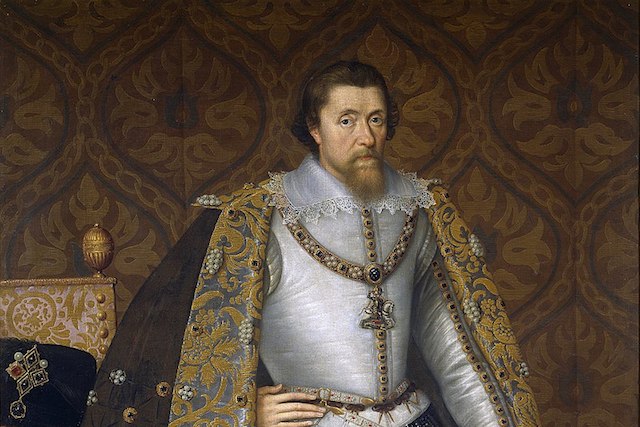
King James VI and I of Scotland and England had a bit of an obsession with witchcraft and black magic and even wrote his own dissertation on necromancy called Daemonologie. In 1589, his wife, Anne of Denmark, was endangered by a storm at sea, and the king became convinced that these “contrary winds” were the result of witchcraft. Consequently, the number and intensity of witch trials increased significantly during the late 16th-early 17th century.
Most notorious of these were the North Berwick trials, which stretched over two years and led to over 70 people being accused of witchcraft. Two of them were seen as ringleaders. One was a healer named Agnes Sampson, who confessed to over 50 charges of witchcraft, while the other was a local schoolmaster named John Fian, who admitted to making a pact with the devil and then acting as register and scholar to many budding witches in the region. Both confessions were, of course, obtained under extreme torture, and both people were later executed for their deeds.
4. The Murderous Nobleman
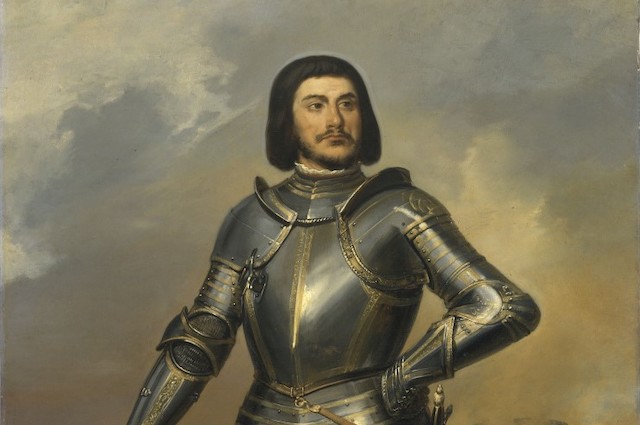
Of all the people on this list, the one most likely to have been in league with the devil was Gilles the Rais since his actions were, indeed, heinous and his wickedness almost unequivocal. Originally hailed as a hero of France for his role in the Hundred Years’ War, a time during which he served as a comrade-in-arms to Joan of Arc, the nobleman Gilles de Rais lived a secret and gruesome second life where he enjoyed torturing and murdering children.
In September 1440, de Rais was arrested after an almost decade-long killing spree during which he may have claimed over 140 victims. During his trial, both de Rais and several of his servants/accomplices confessed to their evil deeds, although these confessions were obtained under torture.
Besides the murders, Gilles de Rais also admitted to engaging in Satanism by repeatedly summoning the devil and his demonic minions. While the nobleman refused to sell his soul, he offered the blood and organs of his victims in exchange for knowledge and power over the dark arts.
The inquisitors who presided over the trial branded Gilles de Rais “a heretic, an apostate, a sorcerer, a sodomite, an evoker of evil spirits, a diviner, a murderer of innocent children, a criminal, a backslider and an idolater who has deviated from the faith and who is illy disposed of it…” Unsurprisingly, he was executed for his crimes, although questions of his guilt still linger today.
3. The Mad Scientist of Castle Frankenstein
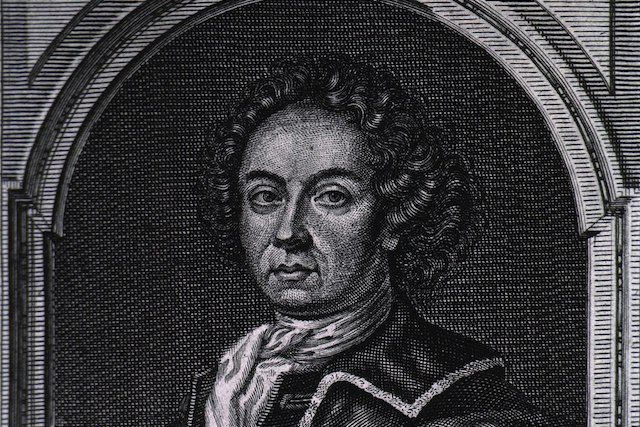
The name “Frankenstein” needs no introduction but, in this particular case, we are not talking about Mary Shelley’s iconic creation, but rather the actual Castle Frankenstein and the real mad scientist who lurked inside.
His name was Johann Konrad Dippel and he lived at Castle Frankenstein during the late 17th and early 18th century. Although he started out as a theologian, Dippel ultimately developed an obsession with alchemy. It was said that he tried to develop the elixir of life and even worked with cadavers in order to practice soul transference.
Tales of his experiments shocked and terrified the local villagers, but even his peers were put off by Dippel and his work. His contemporary and former friend Emanuel Swedenborg decried him as a “most vile devil … who attempted wicked things.” For Dippel, nothing was off-limits, so it comes as no surprise that people believed he ultimately sold his soul to the devil in pursuit of the most arcane knowledge.
2. The Devil Blues
Here we have a similar scenario to that of the two violin players, but it involves two blues musicians. The story of Robert Johnson is a well-known and popular one. When he started out as a 19-year-old blues player, his skills were nothing to write home about. But he seemingly disappeared for a few years and, when he reappeared, he had become a master and remains, to this day, one of the most influential blues players in history.
People believed that Johnson had obtained his prodigious skills through ungodly ways, by meeting the devil at the crossroads and selling his soul in exchange for unspeakable talent. Then, when he died at the tender age of 27, that was the devil cashing in on his side of the bargain.
Some of Robert Johnson’s biggest hits such as “Cross Roads Blues,” “Hell Hound on My Trail,” and “Me and the Devil Blues” were certainly suggestive of this idea and indicated that the musician wasn’t opposed to his sinister image.
But he wasn’t the first. That distinction belonged to Tommy Johnson, an unrelated blues player who developed this reputation a few years earlier. Not only that, but he actively encouraged it and claimed that he learned his music from the devil. But Tommy Johnson didn’t die young, which is probably why the legend became more closely associated with Robert Johnson.
1. Faust
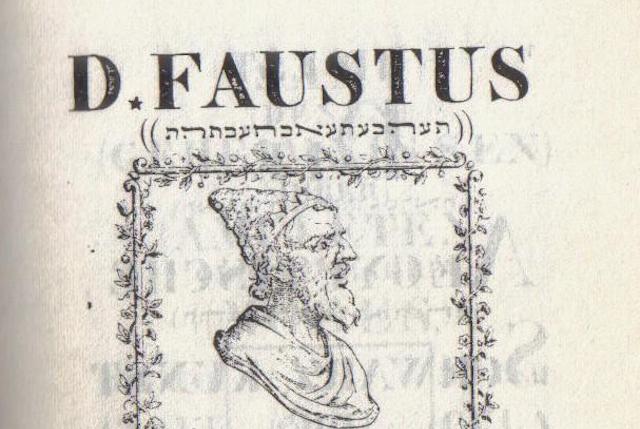
A “Faustian bargain” is defined as a deal where a person is willing to trade something of supreme moral or spiritual importance in exchange for material benefits or possessions. It is derived from the German legend of Faust, the scholar who sold his soul to the devil in exchange for unlimited worldly knowledge and pleasures. Despite being over 400 years old, the tale is still well-known thanks to its many movie, literary, and musical adaptations.
But what about the real person behind the myth? The legend was based on Johann Georg Faust, a German theologian and alchemist active during the early 16th-century. Not much is known about the historical figure. Some decried him as a fraud, while others said he was a necromancer, although most seemed to agree that he dabbled in black magic.
Faust died circa 1540. Afterward, someone wrote and circulated a pamphlet detailing his wicked ways and it became popular enough that it spread throughout Europe. A few decades later, one such pamphlet came into the possession of English playwright Christopher Marlowe. He was inspired to write the play Doctor Faustus, the first of many great works based on this legend, which cemented Faust’s place in history as the most notorious man who made a deal with the devil.